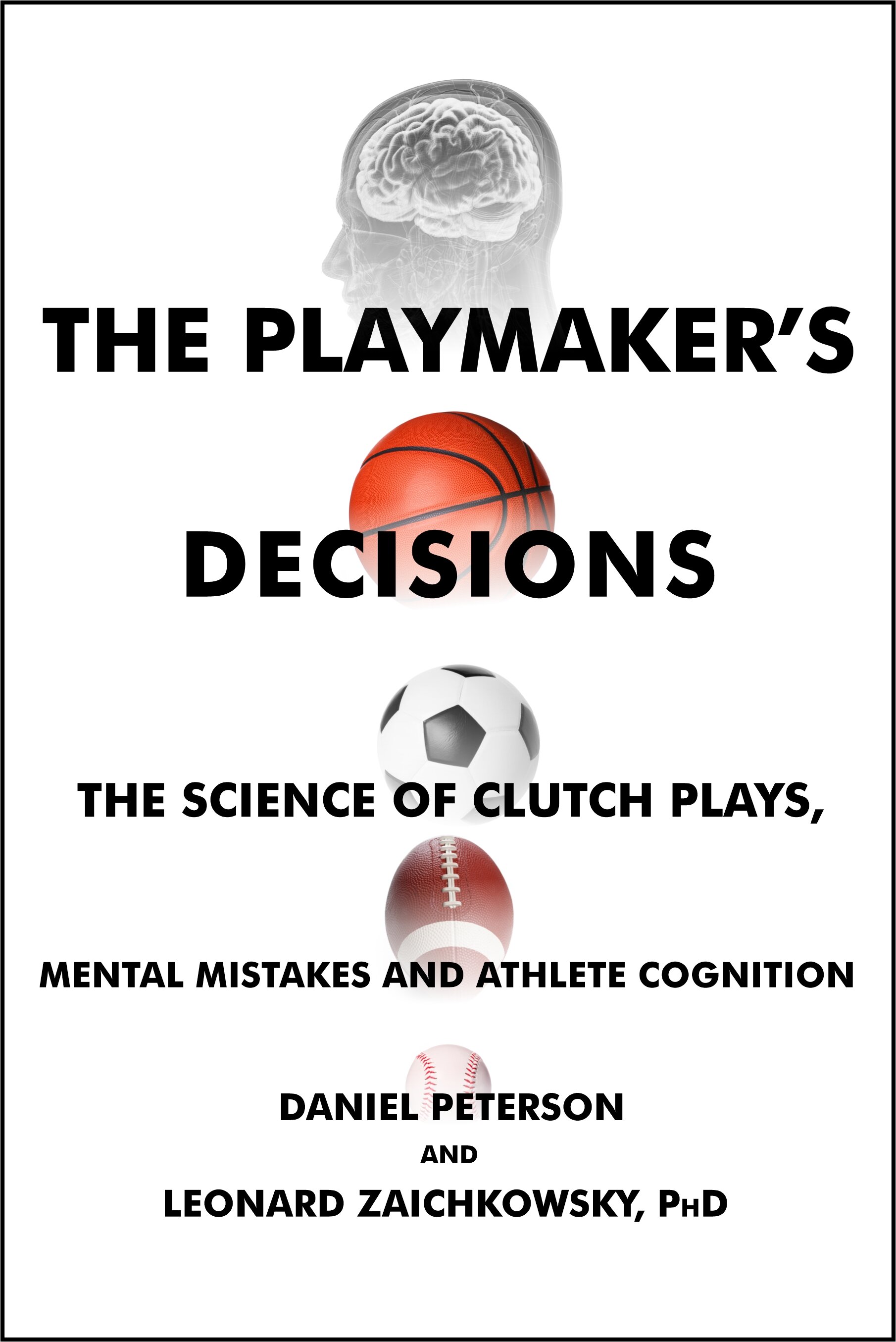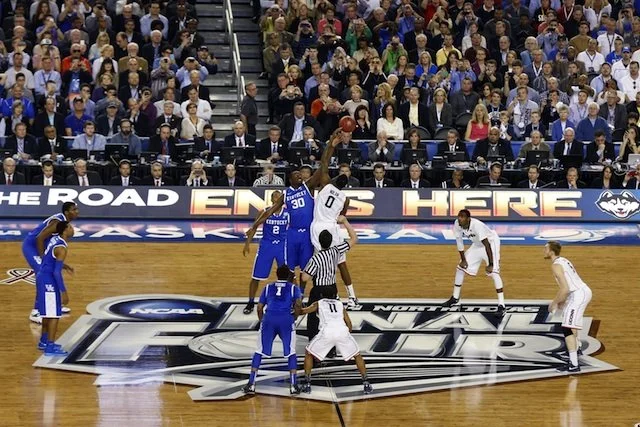 |
| (Credit: iStockphoto/Barry Howell) |
Curveballs curve and fastballs go really fast, but new research suggests that no pitcher can make a curveball "break" or a fastball "rise." Led by Arthur Shapiro of American University and Zhong-Lin Lu of the University of Southern California, the researchers explain the illusion of the curveball's break in a publicly available study in the journal
PLoS ONE.
The study comes a year after the same group won the prize for best illusion at the Vision Sciences annual meeting with a demonstration of how an object falling in a straight line can seem to change direction. That demonstration led to debates among baseball fans over the existence of the break in curveballs, breaking balls and sliders.
There is no debate in the researchers' minds.
"The curveball does curve, but the curve has been measured and shown to be gradual," Shapiro said. "It's always going to follow a parabolic path. But from a hitter's point of view, an approaching ball can appear to break, drop or do a whole range of unusual behaviors."
A little terminology: to many batters and pitchers, a break is a deviation from the relatively straight path of a fastball. In that sense, all curveballs break. The authors of the study use the term to describe an apparent sudden drop or other change in trajectory as the ball nears home plate. That, they say, is an illusion.
The
PLoS ONE study explains the illusion and relates the perceived size of the break to the shifting of the batter's eye between central and peripheral vision.
"If the batter takes his eye off the ball by 10 degrees, the size of the break is about one foot," Lu said.
He explained that batters tend to switch from central to peripheral vision when the ball is about 20 feet away, or two-thirds of the way to home plate. The eye's peripheral vision lacks the ability to separate the motions of the spinning ball, Lu said. In particular, it gets confused by the combination of the ball's velocity and spin.
The result is a gap between the ball's trajectory and the path as perceived by the batter. The gap is small when the batter switches to peripheral vision, but gets larger as the ball travels the last 20 feet to home plate.
As the ball arrives at the plate, the batter switches back to central vision and sees it in a different spot than expected. That perception of an abrupt change is the "break" in the curveball that frustrates batters.
"Depending on how much and when the batter's eyes shift while tracking the ball, you can actually get a sizable break," Lu said. "The difference between central and peripheral vision is key to understanding the break of the curveball."
A similar illusion explains the "rising fastball," Lu added. The obvious remedy for a batter, repeated by parents and coaches everywhere, is to "keep your eye on the ball." That is easier said than done, according to the authors. As the ball nears home plate, its size in the batter's field of view spills out of the eye's central vision.
"Our central vision is very small," Shapiro said. "It's the size of the tip of your thumb at arm's length. When an object falls outside of that region, strange perceptions can occur."
Lu noted that the spin of the ball tends to draw the eye to the side, making it even harder for the batter to keep the ball in central vision. "People's eyes have a natural tendency to follow motion," Lu explained. His advice to hitters: "Don't trust your eyes. Know the limitations of your visual system. This is something that can be trained, probably."
Lu, Shapiro and their co-authors plan to build a physical device to test the curveball illusion. Their study was carried out with volunteers tracking the movement of a disk on a computer monitor.
To the authors' knowledge, the
PLoS ONE study represents the first attempt to explain the break in the curveball purely as a visual illusion. Others have tried to explain the break as a result of the hitter overestimating the speed of a pitch.
Responding to comments from baseball fans, Lu agreed that on television, pitches filmed from behind home plate appear to break. He called it a "geometric illusion" based on the fact that for the first part of a pitch, the viewer sees little or no vertical drop.
The ball is falling at the same rate throughout the pitch, Lu said, but because the pitcher tosses the ball at a slight upward angle, the first part of the pitch appears more or less flat. As a result, the drop of the ball near home plate surprises the eye. For Shapiro and Lu, who have studied visual perception for many years, the
PLoS ONE results go beyond baseball.
"Humans constantly shift objects between central and peripheral vision and may encounter effects like the curveball's break regularly," the authors wrote. "Peripheral vision's inability to separate different visual signals may have f ar-reaching implications in understanding human visual perception and functional vision in daily life."
Source:
University of Southern California and Arthur Shapiro, Zhong-Lin Lu, Chang-Bing Huang, Emily Knight, Robert Ennis.
Transitions between Central and Peripheral Vision Create Spatial/Temporal Distortions: A Hypothesis Concerning the Perceived Break of the Curveball.
PLoS ONE, 2010; DOI:
10.1371/journal.pone.0013296
See also: Morning Type Pitchers Do Better In Day Games and Virtual Reality Lab Proves How Fly Balls Are Caught
 Surgeons now have a really good excuse to be out on the golf course.
Researchers have shown that the same training technique that will
improve their putting can also improve their operating skills. Dr
Samuel Vine and Dr Mark Wilson, from Sport and Health Sciences at the
University of Exeter, tested both elite golfers and surgical residents
in two separate experiments using the gaze control technique known as
the “Quiet Eye.”
Surgeons now have a really good excuse to be out on the golf course.
Researchers have shown that the same training technique that will
improve their putting can also improve their operating skills. Dr
Samuel Vine and Dr Mark Wilson, from Sport and Health Sciences at the
University of Exeter, tested both elite golfers and surgical residents
in two separate experiments using the gaze control technique known as
the “Quiet Eye.”








































